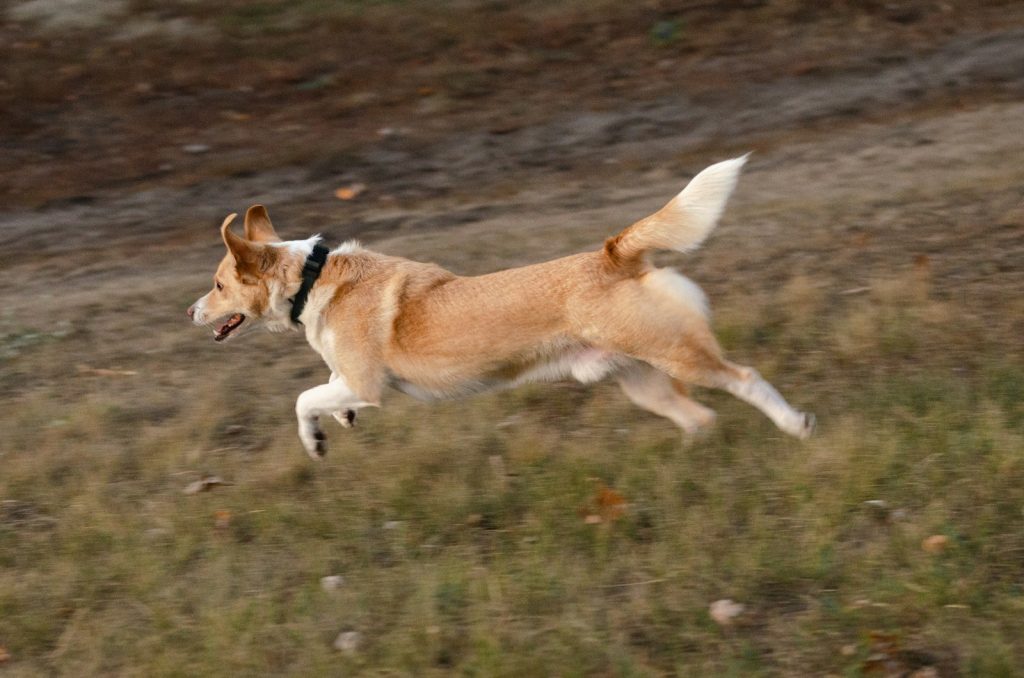The Great Balance in Washington’s Wild Spaces
For those of us dedicated to protecting and preserving wildlife, the boundary between private property and public conservation goals can feel complicated. We want to stop unauthorized and unethical hunting practices, but we must also respect the fundamental right of landowners to control their property.
This post is about finding that crucial balance through humane, non-lethal strategies. We will explore how to ethically reduce hunting pressure on vulnerable habitat and, crucially, how trained hounds can support this mission without infringing on property rights—including a vital look at the safety and use of electric dog fences to ensure our helpers stay exactly where they belong.
Laying the Groundwork: Respect and Clarity
The first step in non-lethal wildlife protection is communication and clarity.
- Clear Boundaries: For a landowner opposed to hunting, clear, visible signage is a vital deterrent and a legal protection. Well-posted boundaries make it clear: this land is a safe sanctuary for wildlife.
- Non-Lethal Watchfulness: Technology can be an ally. Strategically placed wildlife cameras can monitor activity without intrusion, helping to document habitat health and potential unauthorized entry.
A New Role for Hounds: Non-Lethal Deterrence
We often think of hounds in the context of hunting, but a trained hound is an incredible asset for conservation. When properly trained for detection and deterrence, they can become a powerful force for protection:
- Sniffing Out Disturbance: Hounds can be trained to detect the scent of human presence or the markers of unauthorized hunting activity, allowing property managers to intervene before wildlife is disturbed.
- Boundary Reinforcement: Their presence (and sound) alone can be a strong, non-confrontational deterrent to those considering illegal trespass or hunting on protected lands. They are the guardians of the perimeter.
- Management Support: As we’ll see in Post 5, they can also be trained to help find injured animals or locate invasive weeds—a complete, positive shift in their role.
ACTION ITEM: Using Electric Dog Fences Safely
If you choose to use trained hounds for deterrence or management, ensuring they respect property boundaries is critical to maintaining a good relationship with neighbors and upholding the law. This is where an electric dog fence system can be a useful tool—but only with careful, ethical implementation.
Electric fences are a form of containment, not a primary training tool. If you are using them to keep your conservation hounds on your property, here is your essential guidance:
- Check Local Ordinances: Before installation, always verify with your county and local jurisdiction for any regulations regarding electronic containment systems.
- Start with Training: The fence must be paired with extensive flag-and-treat training. The dog must learn the boundary visually and verbally before the static correction is introduced. The correction should be the last step, not the first.
- Low-Voltage Start: Begin with the lowest effective setting for the static correction. The goal is a momentary surprise that acts as a reminder, not a punishment that causes pain or distress.
- Constant Monitoring: You must continually monitor your dogs and the system. A dog should never be left alone to “test” the fence. If a dog is repeatedly challenging the fence, the system is failing, and you need to review the training or the physical boundary.
- Physical Boundaries are Best: Remember, a physical fence is always the most secure and humane option. An electric fence is a supplementary tool to be used on large tracts of land where a traditional fence is impractical, and only after the dog has a strong foundation in obedience.
Balance Is Key
Protecting Washington’s wildlife and habitat is our moral duty. By using humane controls, leveraging the power of trained hounds as protectors, and implementing tools like electric containment systems responsibly to ensure property respect, we can uphold both the rights of the landowner and the imperative of non-lethal conservation.


